日本海の横にある金沢市
にほんかいのよこにあるかなざわし
nihonkai no yoko ni aru kanazawa-shi
Kanazawa City on the Sea of Japan Coast
にほんかいのよこにあるかなざわし
nihonkai no yoko ni aru kanazawa-shi
Kanazawa City on the Sea of Japan Coast
金沢駅
かなざわえき
kanazawa-eki
Kanazawa station
かなざわえき
kanazawa-eki
Kanazawa station
金沢駅の前の門
かなざわえきのまえのもん
kanazawa-eki no mae no mon
The gate in front of Kanazawa station
かなざわえきのまえのもん
kanazawa-eki no mae no mon
The gate in front of Kanazawa station
水辺の古い家
みずべのふるいいえ
mizube no furui ie
Old houses along the waterfront
みずべのふるいいえ
mizube no furui ie
Old houses along the waterfront
春の桜の花
はるのさくらのはな
haru no sakura no hana
cherry blossoms in spring
はるのさくらのはな
haru no sakura no hana
cherry blossoms in spring
東茶屋町
ひがしちゃやまち
higashi chaya-machi
lit: East Tea Shop Town
(the suburb where the famous tea shops are)
金沢城
かなざわじょう
kanazawa-jō
Kanazawa Castle
金沢の有名なお寺
かなざわのゆうめいなおてら
kanazawa no yuumei na otera
famous Kanazawa temple
Ninja Temple
Temples in Kanazawa
かなざわのゆうめいなおてら
kanazawa no yuumei na otera
famous Kanazawa temple
Ninja Temple
Temples in Kanazawa
(generally regarded among the most beautiful gardens in Japan)
兼六園
けんろくえん
kenroku-en
けんろくえん
kenroku-en
Kenroku Park
兼六園
けんろくえん
kenroku-en
けんろくえん
kenroku-en
Kenroku Park
(photos from internet for educational purposes)


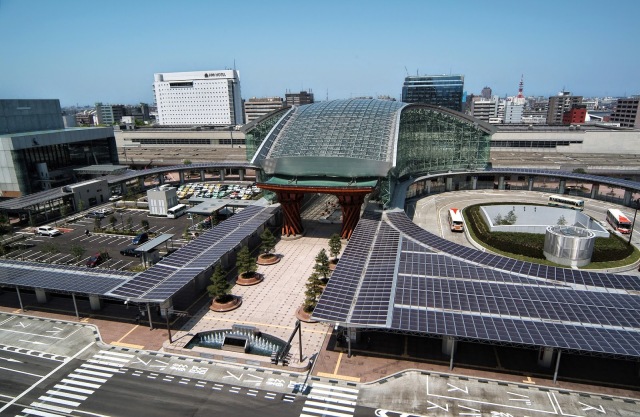
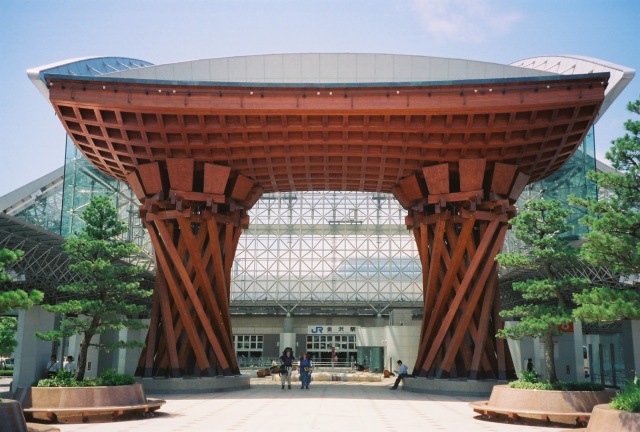
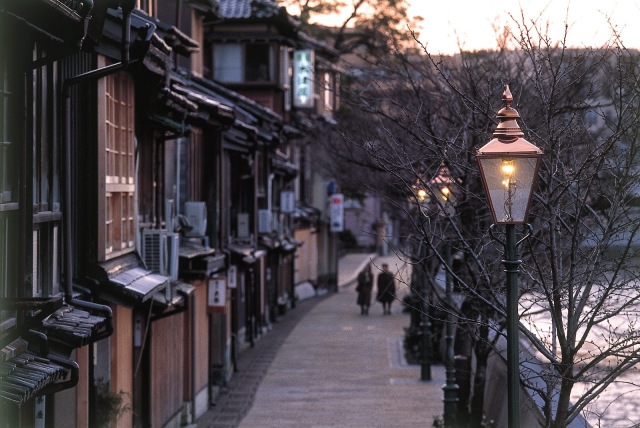
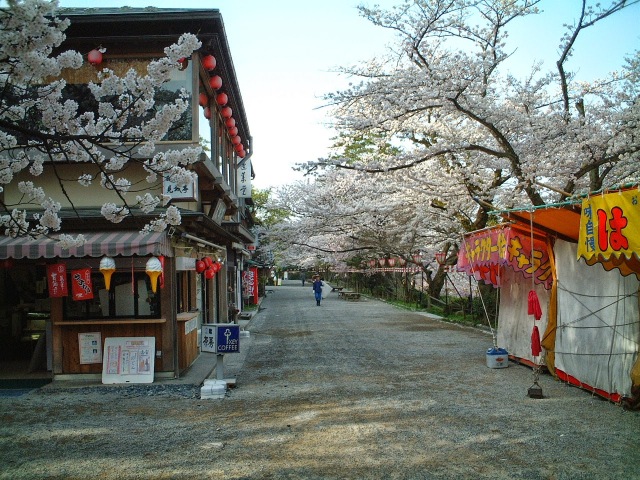
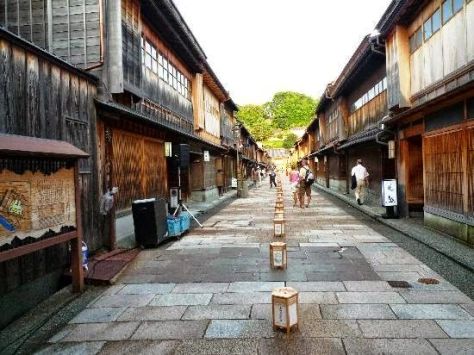
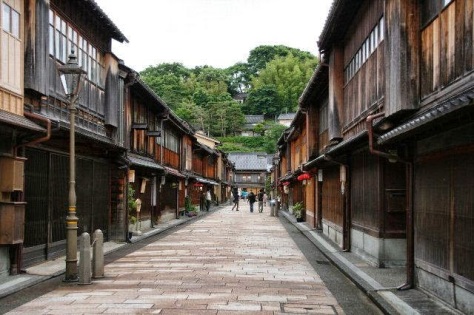
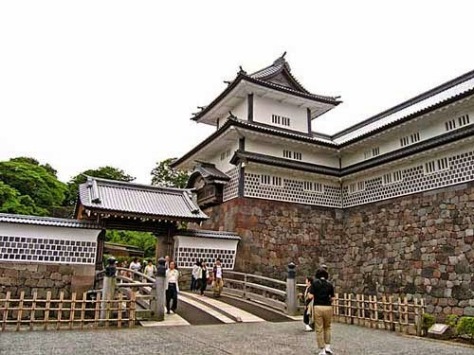
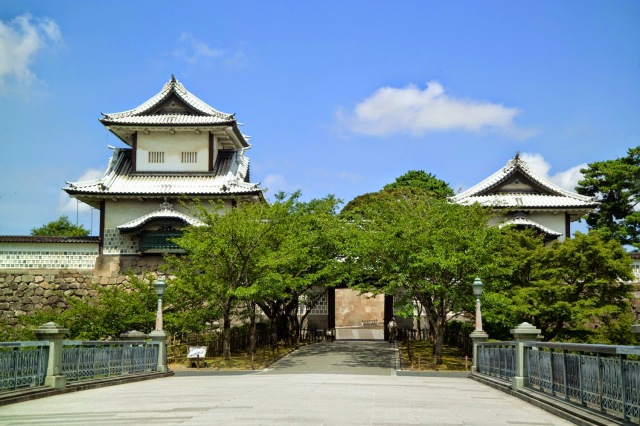
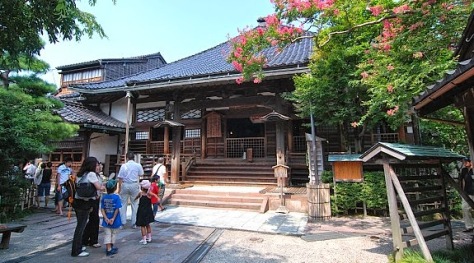
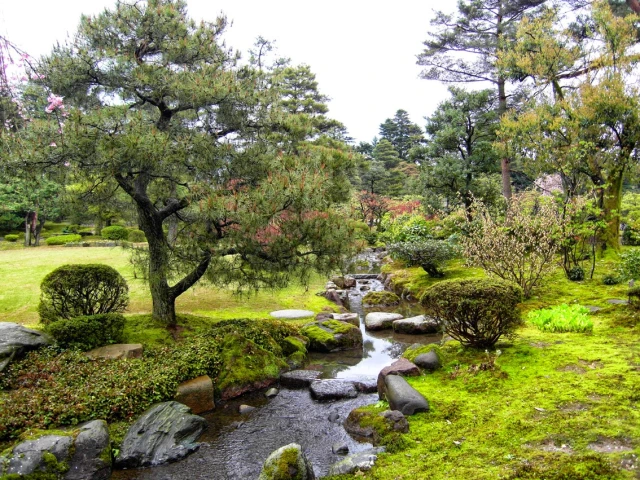
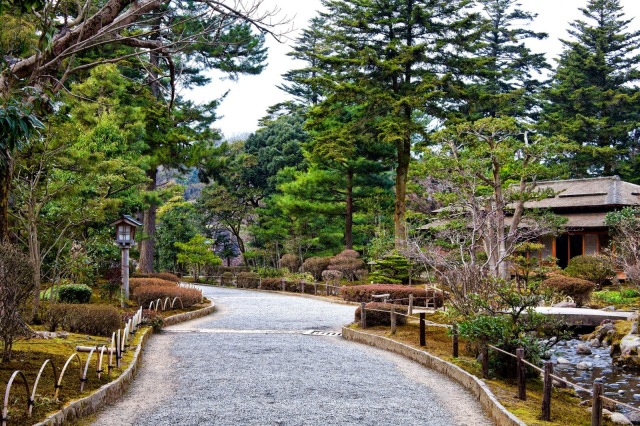
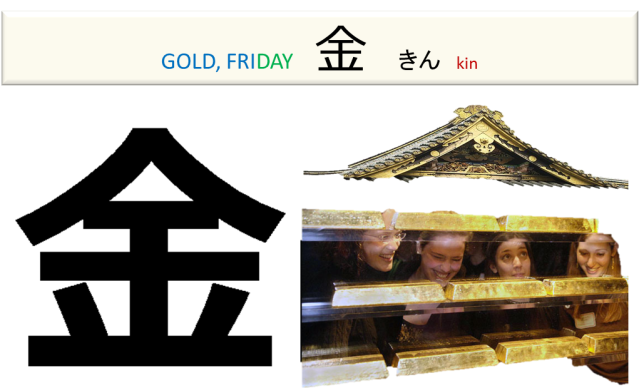




















































































































You must be logged in to post a comment.